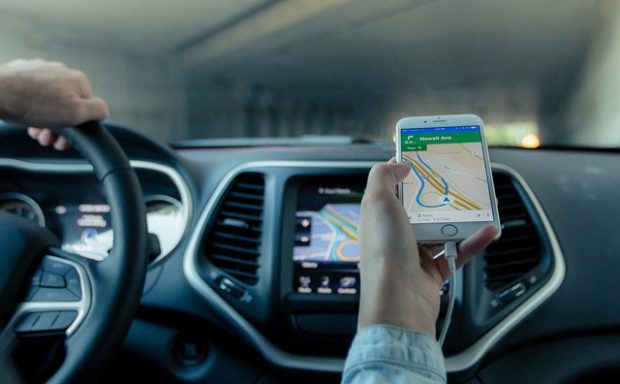Installing and using a GPS device can be a straightforward process. Here’s a step-by-step guide to help you install and use a GPS device quickly:
- Choose the right GPS device: Select a GPS device that suits your needs. Consider factors such as the size of the device, the type of navigation features you require, and any additional functionalities you may want.
- Mount the GPS device: Most GPS devices come with a mounting bracket or suction cup. Attach the mount to your vehicle’s windshield or dashboard, ensuring that it is stable and doesn’t obstruct your view while driving. Follow the manufacturer’s instructions for the specific mounting mechanism of your device.
- Power the GPS device: Connect the power cable of the GPS device to your vehicle’s cigarette lighter socket or power outlet. Some GPS devices may have built-in batteries that allow them to be used without a direct power source. Ensure that the device powers on when connected.
- Set up the GPS device: When you power on the GPS device, you will typically be prompted to perform initial setup. This may involve selecting a language, setting the time, and agreeing to the device’s terms and conditions. Follow the on-screen instructions to complete the setup process.
- Configure GPS settings: Once the initial setup is complete, access the device’s settings menu to configure specific preferences. This may include setting the measurement units (e.g., kilometers or miles), adjusting volume levels, choosing a map display style, and enabling or disabling specific features.
- Update maps and software (if necessary): GPS devices often come with preloaded maps, but it’s essential to ensure they are up to date. Connect the device to your computer and use the manufacturer’s software or website to check for map updates or software upgrades. Follow the instructions provided to download and install any available updates.
- Enter a destination: To use the GPS for navigation, enter your desired destination. Depending on the device, this can be done by typing an address, selecting a point of interest (POI), or using voice commands. Follow the device’s instructions to input the destination accurately.
- Follow the GPS directions: Once you’ve entered your destination, the GPS device will calculate the best route and provide turn-by-turn directions. Listen to the voice prompts and follow the visual guidance on the screen. Keep your attention primarily on the road, glancing at the GPS display only when necessary.
- Adjust settings as needed: During your journey, you may want to make adjustments to the GPS device’s settings, such as voice prompts, screen brightness, or alternative routes. Refer to the device’s user manual or on-screen menu to customize the settings according to your preferences.
- Safely disconnect the GPS device: When you’ve reached your destination or no longer require navigation, safely disconnect the GPS device from the power source. Unmount the device from the windshield or dashboard, ensuring that it is securely stored to prevent damage.
It’s important to note that each GPS device may have its own specific installation and usage instructions, so it’s recommended to consult the user manual provided by the manufacturer for detailed guidance.

